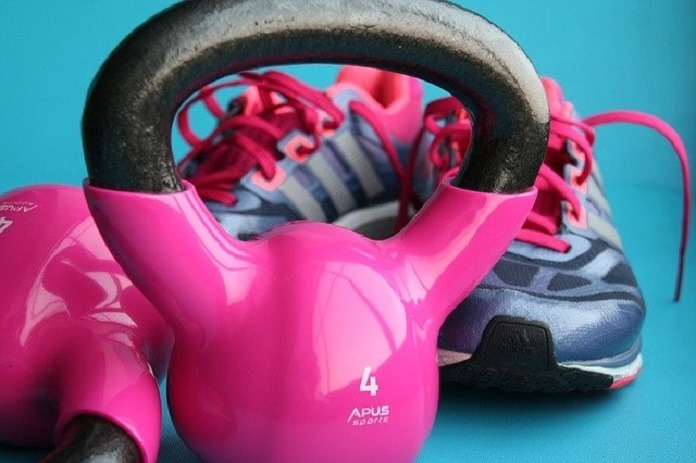A study from the National Institute for Health Research Leicester Biomedical Research Centre suggests that exercise may be beneficial for COVID-19 recovery and help reduce lasting respiratory symptoms of COVID-19 infection. Researchers are hopeful that this finding will help develop effective rehabilitation programs for COVID-19 survivors.
The study, published May 6, 2021, followed 30 individuals who were recovering from COVID-19. Researchers monitored the participants during exercise sessions twice a week for six weeks. Biweekly sessions included aerobic exercise (walking and treadmill-based), strength training for upper and lower limbs, and educational handouts on how to help manage post-infection symptoms.
Post-COVID-19 symptoms included fatigue, trouble sleeping, and breathlessness. Individuals were recommended for the study either by their family physician, at their COVID-19 follow-up, or through a discharge program. Only those with symptoms impeding daily life were included in this study. COVID-19 survivors who only had non-respiratory symptoms, such as loss of taste, were excluded from this study.
The study compared participants’ beginning and final symptom evaluations to measure improvement. Exercise capacity was evaluated using both an endurance and interval-based shuttle walking test. Fatigue was measured using feedback from participants’ self-evaluation, as well as the Functional Assessment of Chronic Illness Therapy Fatigue Scale. The COPD Assessment Test (CAT) was also used as an indicator of respiratory health.
Significant improvements were observed in exercise capacity, fatigue, and breathlessness. The mean interval-based and endurance-based shuttle walking test scores increased by 112 minutes and 544 seconds, respectively.1 There was a mean improvement of five points on the Functional Assessment of Chronic Illness Therapy Fatigue Scale and a mean three-point improvement on the COPD Assessment Test in the 30 participants that tried exercise for COVID-19 recovery.
The study notes that of the participants, 87% had been admitted to the hospital with COVID-19, with an average stay of 10 days. Fourteen percent of participants had required mechanical ventilation during their COVID-19 treatment and 4% had a prior respiratory condition.1
The researchers reported that although the human body can naturally recover from infection, it is likely that the significant symptom reduction observed was a result of this study. They cite that there was a mean of 125 days between infection and study enrollment, so the likelihood of significant natural healing to occur 125 days post-infection is unlikely.1
The study concludes that using exercise for COVID-19 recovery is safe and demonstrated improved symptoms of breathlessness, exercise capacity, and fatigue. There were no individuals who dropped out of the program and none of the participants experienced worsening symptoms. According to co-author of the study Professor Sally Singh, “the high completion rate suggests that patients found it to be an acceptable treatment”.2
More research needs to be done to better understand how to effectively adapt pulmonary rehabilitation techniques for prevailing COVID-19 symptoms.
References
- Daynes, E. et al. (2021). Early experiences of rehabilitation for individuals post-COVID to improve fatigue, breathlessness exercise capacity and cognition – A cohort study. Chronic Respiratory Disease; 18: 14799731211015691. doi: 10.1177/14799731211015691.
- Exercise can help support recovery of patients with lasting COVID symptoms, study finds. (2021). National Institute for Health Research News Release. American Association for the Advancement of Science. Retrieved from https://www.eurekalert.org/pub_releases/2021-05/nifh-ech050721.php.
- Image by Joanna Dubaj from Pixabay



